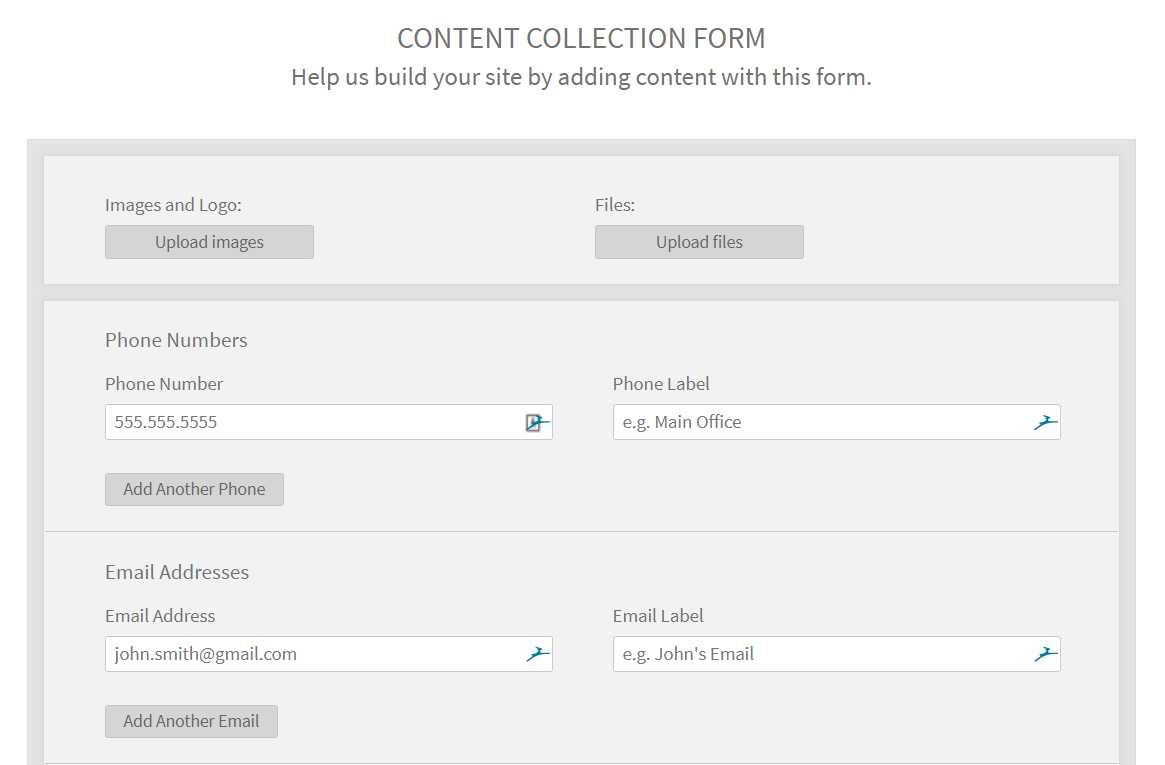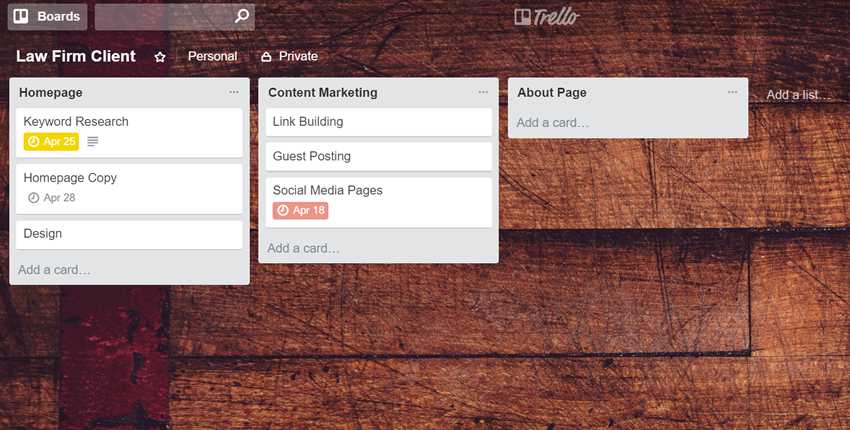Although web design services are always in-demand nowadays, growing a web development business isn’t always easy. Sure, there are now a plethora of tools you can use to make certain web development tasks less stressful – from content management systems to landing page builders. But as these platforms get more and more accessible, the competition continues to get tougher and tougher.
At this point, consistently producing quality work is no longer enough to get ahead. What you really need is to acquire the absolute best software and strategies that will enable you to deliver the maximum value that your customers deserve.
And that, my friend, is why we’re here.
In this post, we’ll talk about the strategies and technologies that will make your web design business stand out from the rest of the pack. That way, you can scale it and take your business to greater heights.
Let’s get started.
1. Start by Defining Your Niche
If you’ve been in business for a while, you should be able to detect a trend when it comes to the types of projects you excel in.
Are you more comfortable when working with WordPress? How about e-commerce stores?
Keep in mind that, while there’s a benefit to being flexible, embracing a specific niche and establishing it as your specialty will make you more desirable to higher-paying clients.
Why? Because they are not just paying for the grunt work involved. They’re also paying for the expertise that a particular agency can offer, which takes time, effort, and persistence to build.
Picture an e-commerce client who’s trying to pick between two different agencies. The first agency has an impressive portfolio that includes an assortment of projects, such as travel blogs, law firm websites, and a couple of online stores. The second agency, on the other hand, has a portfolio that consists mostly of e-commerce websites – some of which also mention the accolades that the particular brand has achieved.
If you’re the client, you’d also go with the second agency, even if you’ll end up paying more.
Before you finalize your decision, consider doing a quick keyword research. This will help you gain a deeper understanding of the existing demand and competitiveness of your chosen niche.
Ubersuggest, for example, can show you the average monthly searches, CPC, and competitiveness level of any keyword. All you have to do is enter a “seed keyword” and let the tool do the rest of the work.

The best part is that Ubersuggest will also provide you with long-tail keyword suggestions, which are extremely helpful in developing content for your website.

2. Streamline Your Web Development Process
Now that you have decided upon a niche, it should be easier to develop a streamlined web development workflow that you can use for multiple projects. Remember, efficiency is the key if you want cost-effective scaling strategies for any company. And for web design agencies, a platform like Duda will definitely come in handy.
Put simply, Duda is an all-in-one platform that has a solution for every choke point in a web development workflow. The asset collection process, for example, can be sped up with the help of a ready-to-use content collection form, which makes it convenient for clients to submit their content as well as pertinent business information:

You can also use Duda to manage reusable “sections” that can easily be cloned and applied to different website projects. For example, if you specialize in creating professional portfolios, you can prepare a lineup of templates for a “Testimonials” and “Contact” sections:

All in all, Duda is packed with features that can help you significantly cut your build times without compromising quality. It can also be used to easily incorporate branding elements in the back end, which leads us to the next strategy for scaling a web development agency.
3. Customize the Back End
As a web development agency, it’s in your best interest to keep your brand in the minds of your clients at all times.
You can do this by providing them with a custom, white label platform that instills your brand into crucial interaction points, from the admin login screen to the main dashboard.
Doing so helps maintain brand awareness and foster brand loyalty in your clients – assuming you are able to provide them with an experience that’s memorable and beyond satisfactory.
The good news is, modern content management systems like WordPress support plugins that make back-end customizations a breeze.
AGCA or Absolutely Glamorous Custom Admin, for instance, lets you customize different areas of the admin interface without extensive coding, such as the login page, dashboard, and main menu.

4. Get Your Team on the Same Page
Now that your web development process and platforms are optimized, it’s time to focus on the lifeblood of a web design agency: the team.
Despite the abundance of online cloud-based collaboration tools, a lot of web design agencies still stick to emails as the primary means of communication.
While this shouldn’t be an issue for agencies with an in-house team, it’s definitely a problem if you outsource members from distant locations.
Let’s face it, an email inbox isn’t the most organized place in the world.
On top of conversations with clients and remote team members, you also have to deal with social media notifications, auto-generated reports from services you use, and newsletters you don’t even remember subscribing to.
That’s why, regardless if you hire in-house or outsource, you should make room for task management and collaboration tools in your web design workflow.
Trello, for example, is a simple yet powerful tool that lets you organize tasks into cards, manage them using lists, and consolidate them into project boards.

You can also use Trello to assign cards to team members, set deadlines, share files, and communicate within the platform. Thanks to the fluid and intuitive interface, the learning curve is basically non-existent.

Aside from Trello, here are additional collaboration and communication tools you ought to try for your web design agency:
- Slack – A communication tool that allows you to organize topics into channels, share files, and use integrations with third-party platforms.
- Basecamp – If you want something more powerful than Trello, then you should check out Basecamp’s comprehensive project management features.
- Google Drive – In terms of file sharing, nothing beats a cloud storage service like Google Drive.
5. Invest in Marketing
Finally, a web design agency won’t grow through referrals alone. You need a marketing campaign that actively brings in new leads and establishes your authority.
Unfortunately, there’s no specific marketing recipe that works for everyone. Only you can piece together the strategies that align with your brand’s objectives.
To get the ball rolling, below are some of the best marketing strategies you should know about:
- Build a web design blog to prove your expertise to your prospects.
- Request testimonials from your past clients.
- Document your successful projects into case studies.
- Submit guest posts in popular blogs and publications.
- Launch a web design newsletter to nurture existing leads.
- Build a social media presence.
- If you have the budget, invest in a PPC campaign.
Conclusion
There you have it – how to scale a web design and development agency in an ever-toughening competition.
Your success probably won’t happen overnight, nor will it come easy. But with the strategies above, your growth is guaranteed. You just need to focus on one step at a time and be patient.
Related Topics
Top